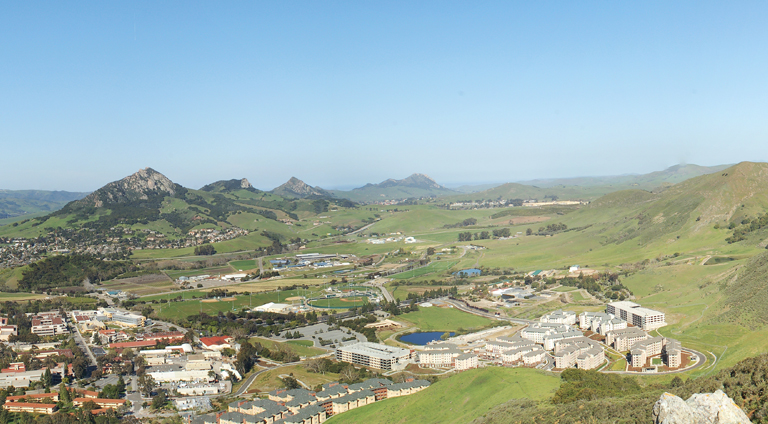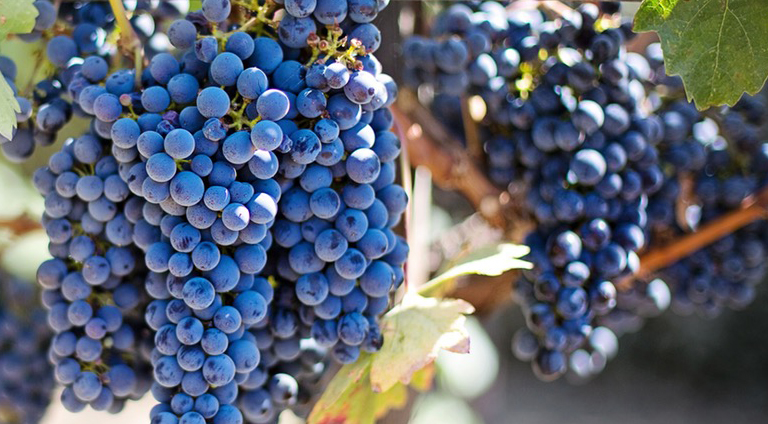
In viticulture and the winemaking world, the regions that produce the fruit are categorized based on the main characteristics of its climate during growing season. Most wine production happens in three types of climate areas between the 30th and 50th parallel of the world’s both hemispheres. Climates ideal for growing wine include the Mediterranean (ex. Tuscany), continental (ex. Columbia Valley), or maritime (ex. Bordeaux).
Generally, grapevines do extremely well in temperate climates because it allows the vines to flower, set its fruit, and ripen during a full maturation period. If temperatures drop below 50 degrees Fahrenheit, the vines will fall into a state of dormancy and at freezing temps (32 degrees Fahrenheit or colder) the vines can get damaged by frost or snow.
Ideally, wine grapes start to flower at daily temps of 63-68 degrees. When the seasons start to change and the temperatures rise up as we creep into summer, the fruit starts to ripen at 80 degrees. The grapes take off into a full stride as they develop characteristics that defines them, which is again related back to when this maturation process happens and how long these optimal temperatures stay within the growing season. In San luis obispo wine country, the average daily temperature is 70 degrees (even in the summertime when warmer days are tempered by marine breezes).

Being close to large bodies of water (like the Pacific Ocean) can also have a moderating effect on a region’s climate. Although many maritime climates may suffer from extreme rainfall that can have a detrimental effect on grapes, fortunately California enjoys around 300 days of sunshine a year yet the rolling morning coastal fog helps cool the grapes.
However, many continental climates also experience extreme dryness that require more irrigation. San Luis Ob ispo’s wine country does have some volcanic mountains close to the coast that produce richer, darker varietals. This balance of maritime and continental growing seasons just a few miles apart from each other lends SLO County to produce over 20 different wine varietals. Being so close to the coast allows the grapes to reach its full flavors and maintain its structure and acidity. This long growing season also permits the fruit to have a harmonious psychological ripening of its sugars, tannins, and acid.
SLO’s Edna Valley has acres and acres of vineyards atop rolling mountainsides, 35 square miles of grapes. Once called “The Burgundy of the Pacific”, its clay-based soils on the valley floor are rich in minerals while sandy earths on the hillsides make for ideal wine growing seasons.
Next to Edna Valley a few miles to the east, Arroyo Grande Valley continues with SLO’s viticulture along with other crops such as zucchini, lemons, spinach, avocados, and peppers to complement the cool variety Chardonnay and Pinot Noir grapes. The valley spans 16 miles long opening up directly to the Pacific Ocean. An Arroyo Grande growing season usually lasts from mid-February bud break through harvest in late September.
